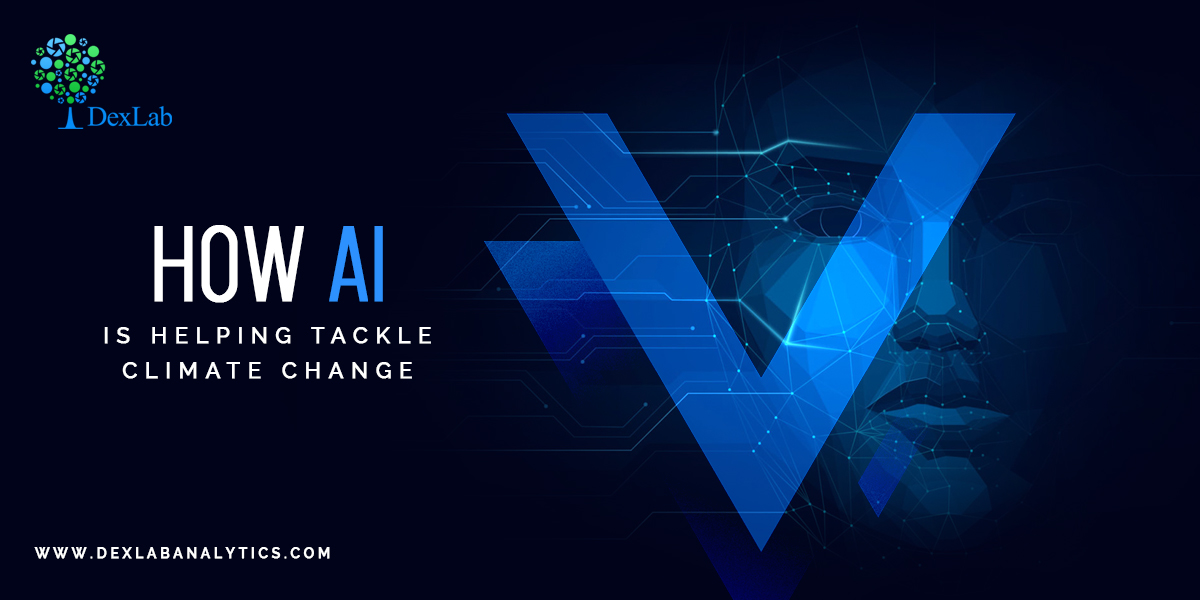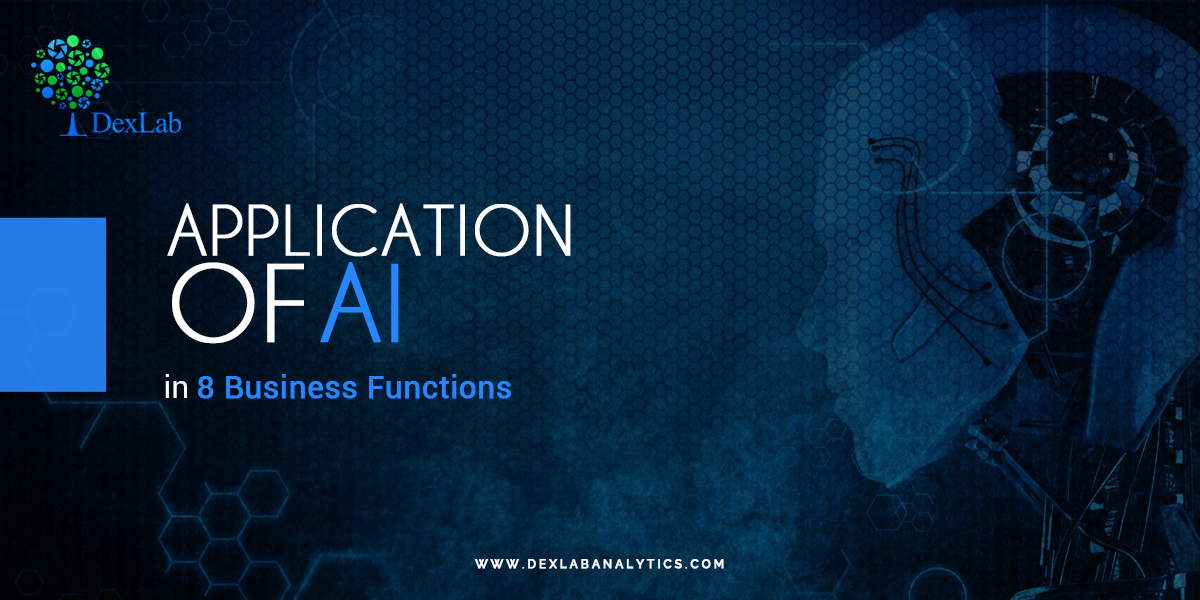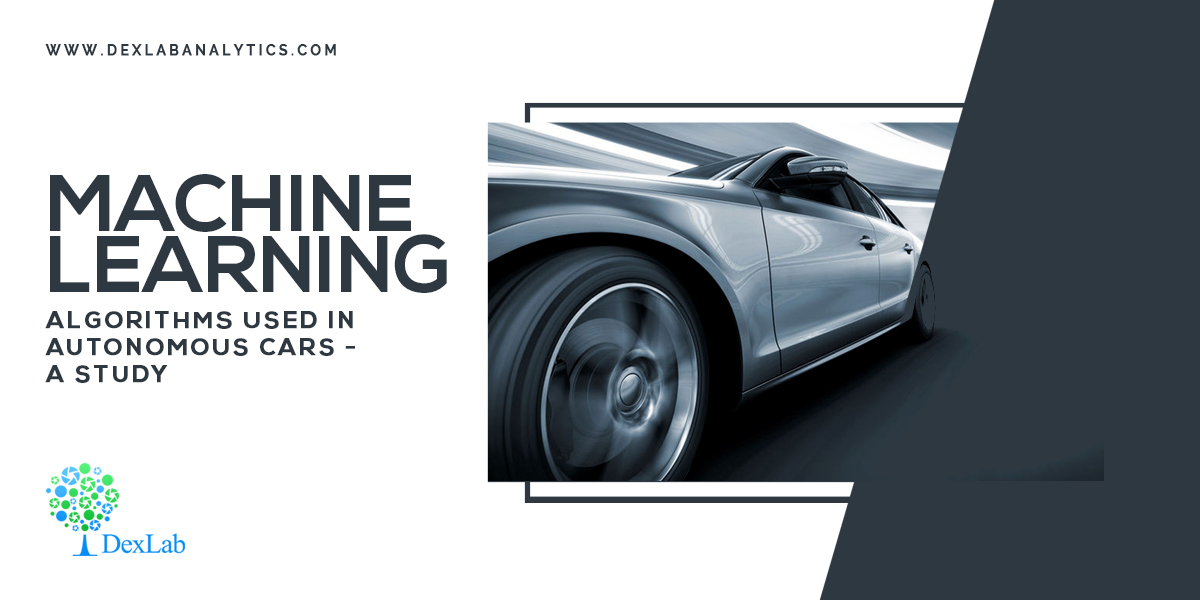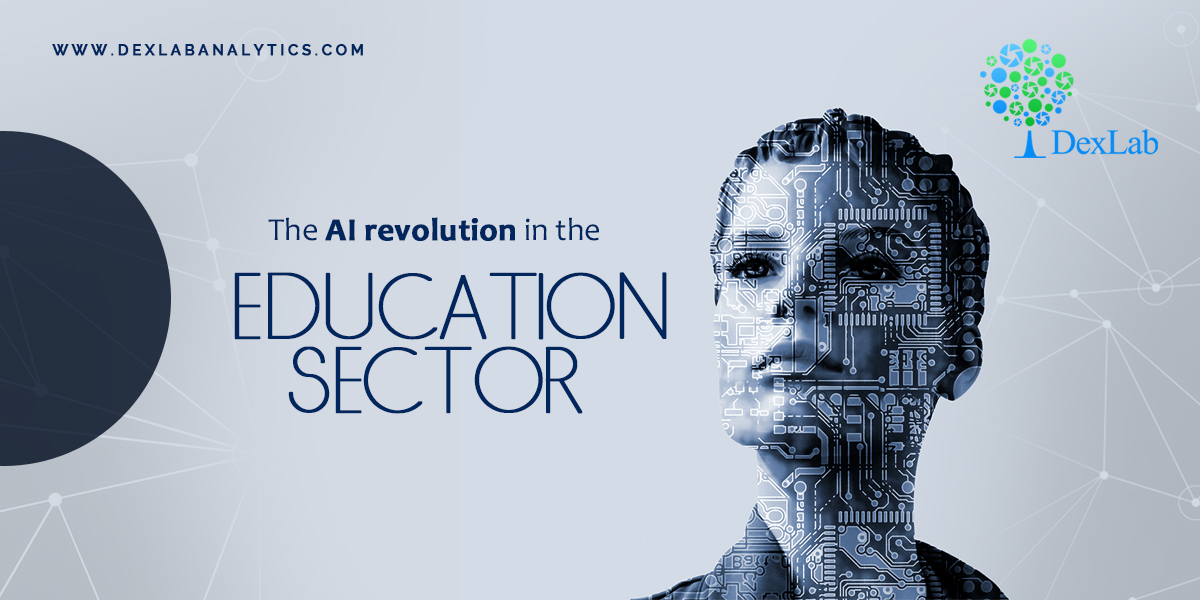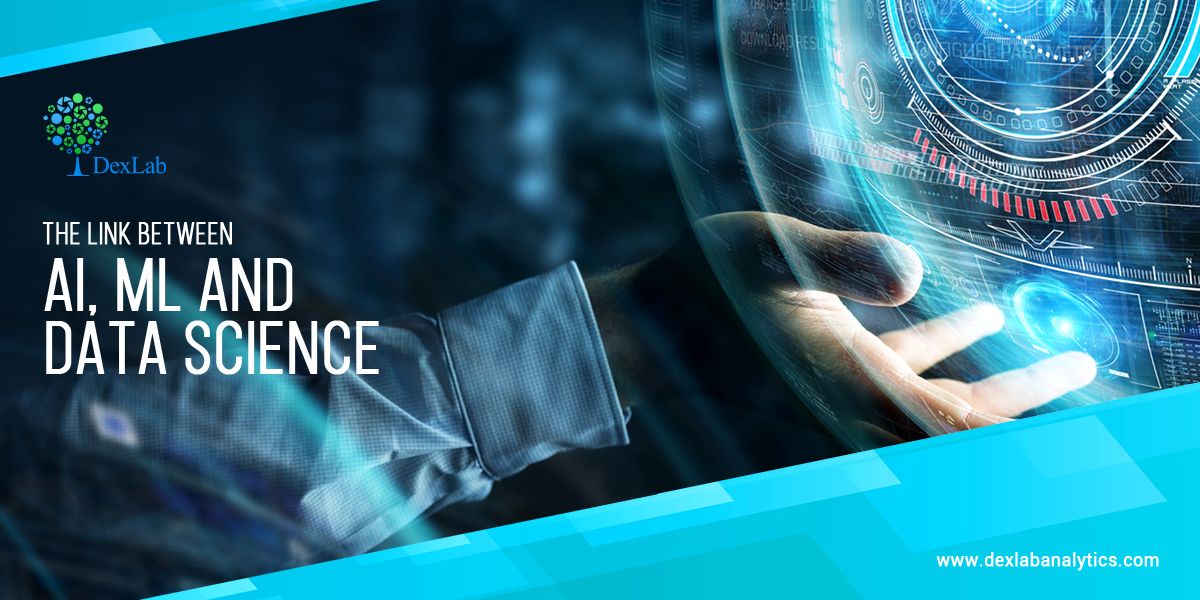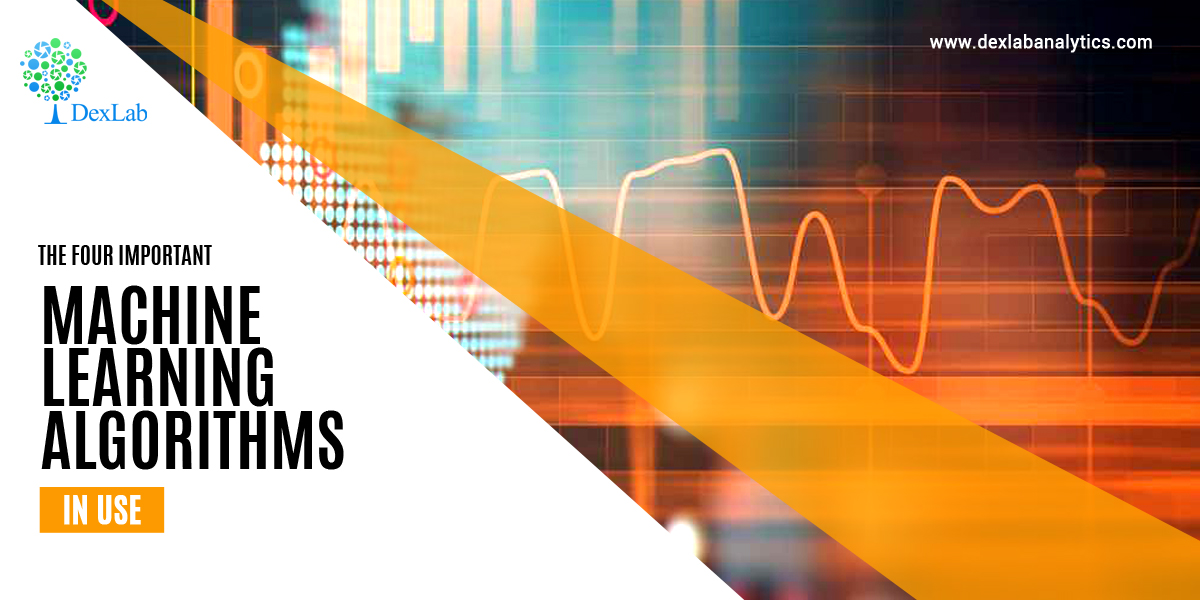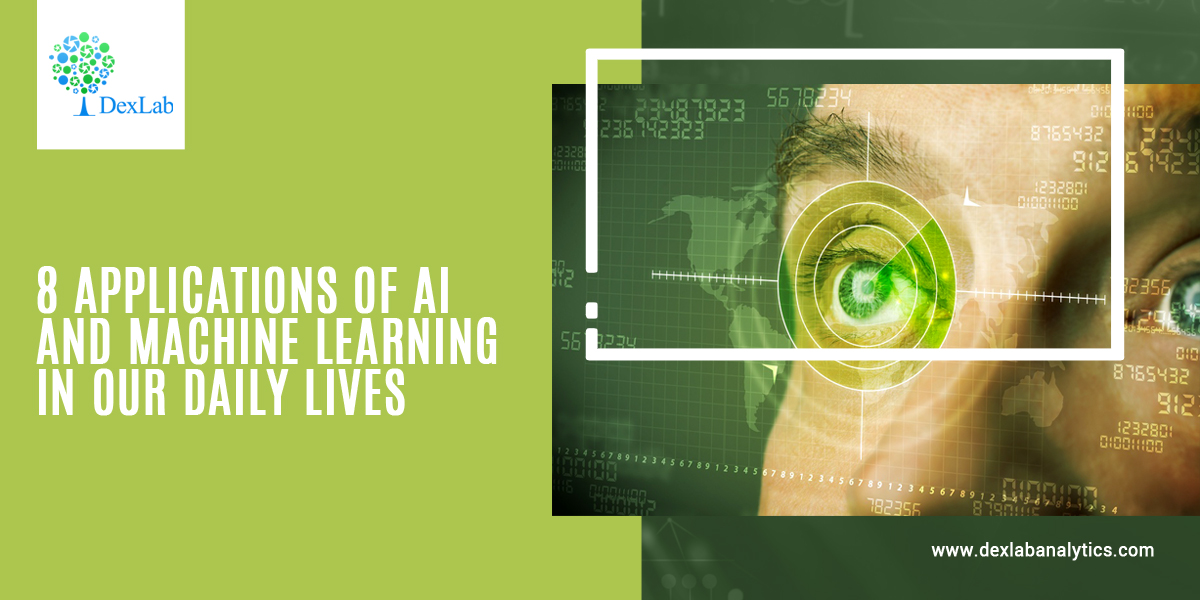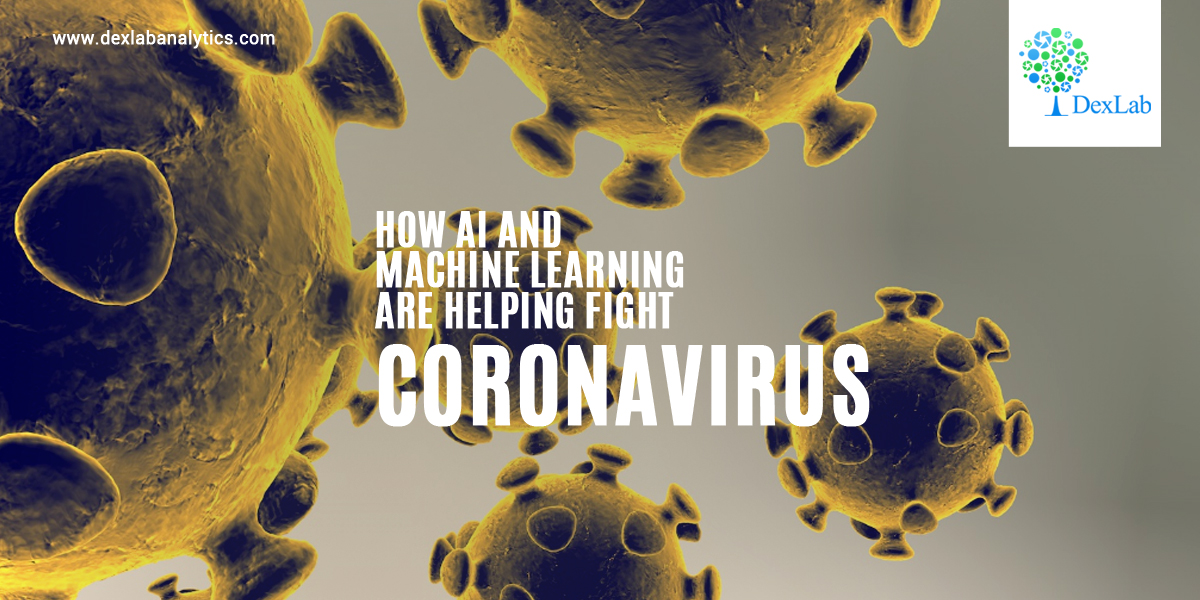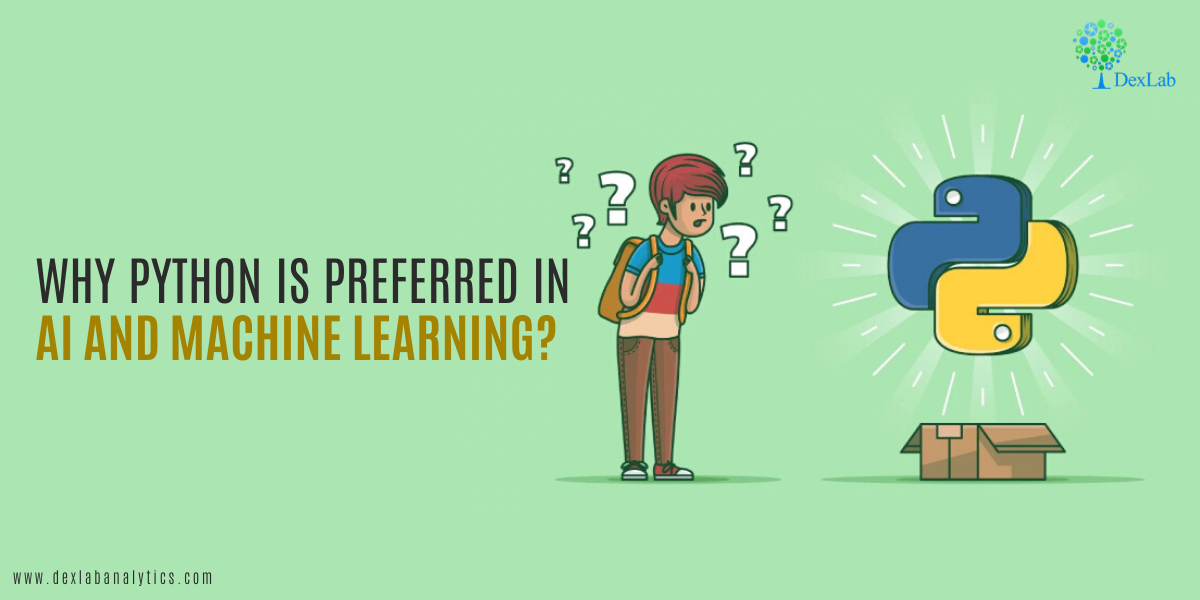While the spread of the COVID-19 pandemic has become a bane for economies across the world, slowing down or bringing to a halt markets and trade, the series of lockdowns declared by states has had a positive impact on the environment.
According to China’s Ministry of Ecology and Environment, data recorded between January and March 2020 reflects an 84.5 per cent increase in days with good air quality in 337 cities, and satellite data from the United States National Aeronautics and Space Administration shows a decline in nitrogen dioxide over China.
This piece of news is certainly welcome. Climate change is one of the biggest crises ailing our world today, with scientists and stakeholders worried. However, technological advancements like those in the field of Artificial Intelligence are to a large extant helping tackle the crisis of climate change. Here is how.
Improved climate predictions
At the intersection of data science and climate science is the piece of technology called climate informatics.
It includes areas like“improving prediction of extreme events such as hurricanes, paleoclimatology, like reconstructing past climate conditions using data collected from things like ice cores, climate downscaling, or using large-scale models to predict weather on a hyper-local level, and the socio-economic impacts of weather and climate.”
AI can also uncover new insights from the massive amounts of complex climate simulations generated “by the field of climate modeling, which has come a long way since the first system was created at Princeton in the 1960s.”
Better predictions can help officials make informed climate policy, allow governments to prepare for change, and potentially uncover areas that could reverse some effects of climate change.
Revealing the effects of extreme weather
AI is helping scientists reveal to common persons the effects of extreme weather conditions so they can work towards reversing the effects.
“To make it (the effects) more realistic for more people, researchers from Montreal Institute for Learning Algorithms (MILA), Microsoft, and ConscientAI Labs used GANs, a type of AI, to simulate what homes are likely to look like after being damaged by rising sea levels and more intense storms.”
This was done to inculcate in people habits that are eco-friendly and ecologically sustainable.

Measuring sources of carbon
By monitoring coal plant emissions with satellite imagery, Carbon Tracker, an independent financial think-tank, can use the data it gathers to convince the finance industry that carbon plants aren’t profitable.
“A grant from Google is expanding the nonprofit’s satellite imagery efforts to include gas-powered plants’ emissions and get a better sense of where air pollution is coming from.”
AI can help make analysis of power plants images automated to get regular updates on emissions. “It also introduces new ways to measure a plant’s impact, by crunching numbers of nearby infrastructure and electricity use. That’s handy for gas-powered plants that don’t have the easy-to-measure plumes that coal-powered plants have.”
For more on AI and its algorithms or related sciences, do peruse the DexLab Analytics website today. DexLab Analytics is a premiere artificial intelligence training institute in Gurgaon, India.
.
